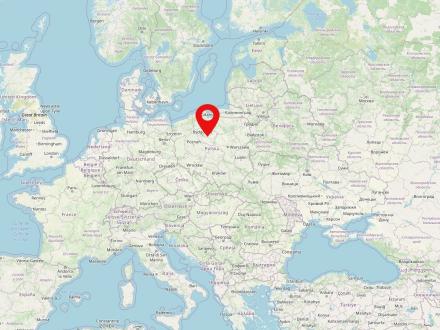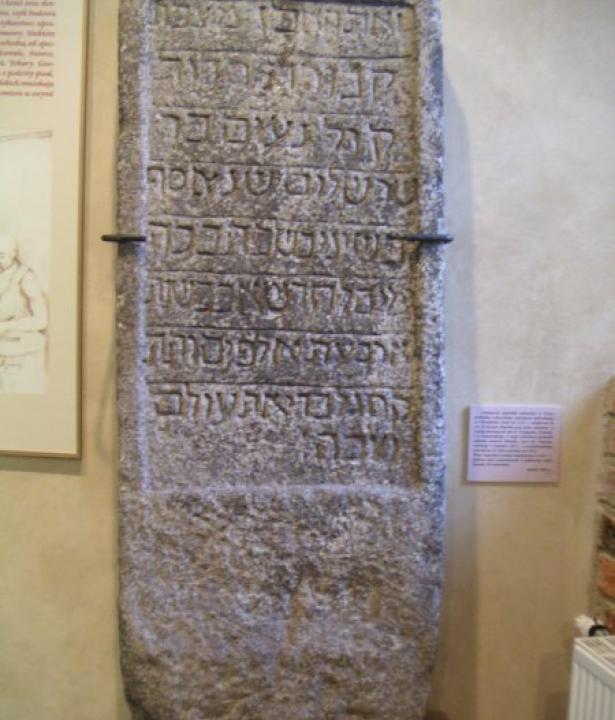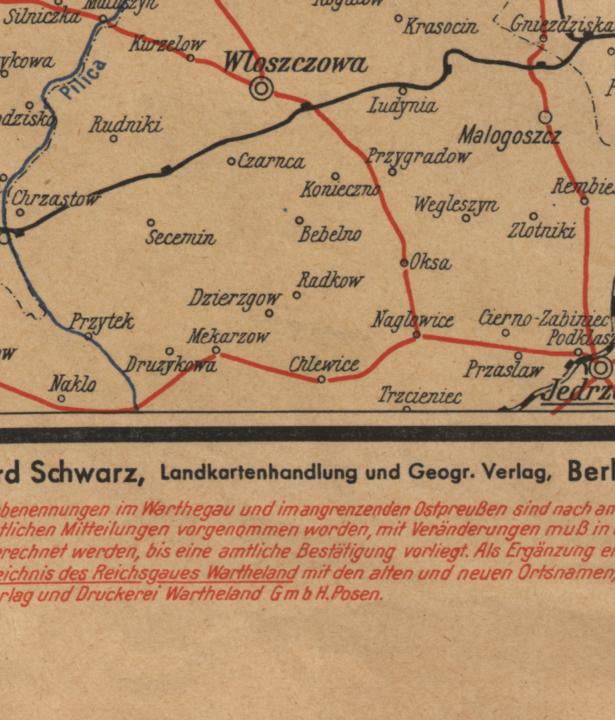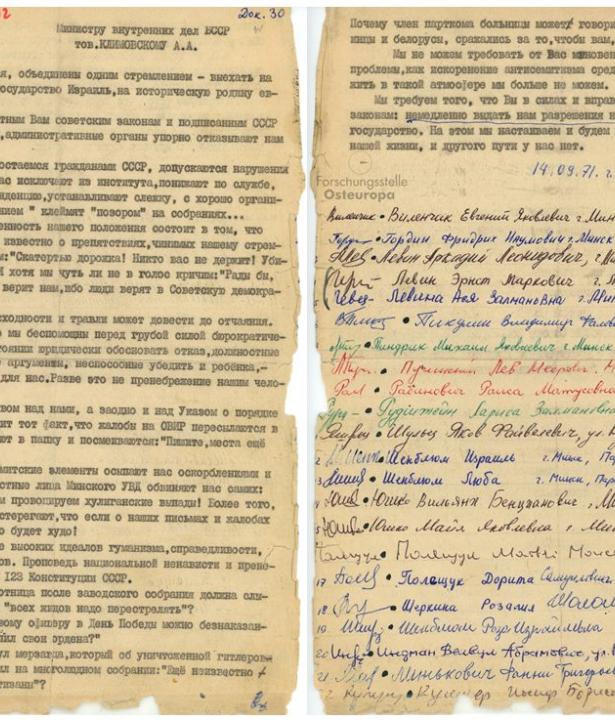The Vistula is the longest river in Poland. Its headwaters are the Czarna Wisełka (Little Black Vistula) and the Biała Wisełka (Little White Vistula), whose sources are located in the Silesian Beskids, at the mountain Barania Góra. After 1,048 longitude, the Vistula flows into the Baltic Sea east of Gdansk (Vistula Delta or Vistula-Nogat Delta). The large catchment area of the Vistula also extends to parts of Belarus, Ukraine and Slovakia.
As early as 1386, the Kingdom of Poland and the Grand Duchy of Lithuania were united by a personal union. Poland-Lithuania existed as a multi-ethnic state and a great power in Eastern Europe from 1569 to 1795. In the state, also called Rzeczpospolita, the king was elected by the nobles.


Vilnius is the capital and most populous city of Lithuania. It is located in the southeastern part of the country at the mouth of the eponymous Vilnia (also Vilnelė) into the Neris. Probably settled as early as the Stone Age, the first written record dates back to 1323; Vilnius received Magdeburg city rights in 1387. From 1569 to 1795 Vilnius was the capital of the Lithuanian Grand Duchy in the Polish-Lithuanian noble republic. It lost this function in the Russian Tsarist Empire with the third partition of Poland-Lithuania. It was not until the establishment of the First Lithuanian Republic in 1918 that Vilnius briefly became the capital again. Between 1922 and 1940 Vilnius belonged to the Republic of Poland, so Kaunas became the capital of Lithuania. After the Second World War, Vilnius was the capital of the Lithuanian Soviet Socialist Republic until Lithuania regained its independence in 1990.
Already in the Middle Ages Vilnius was considered a center of tolerance. Jews in particular found refuge from persecution in Vilnius, so that Vilnius soon made a name for itself as the "Jerusalem of the North". Not least with the Goan of Vilnius, Elijah Ben Salomon Salman (1720-1797), Vilnius was one of the most important centers of Jewish education and culture. By the turn of the century, the largest population group was Jewish, while according to the first census in the Russian Tsarist Empire in 1897, only 2% belonged to the Lithuanian population group. From the 16th century onwards, numerous Baroque churches were built, which also earned the city the nickname "Rome of the East" and which still characterize the cityscape today, while the city's numerous synagogues were destroyed during the Second World War. Between 1941 and 1944 the city was under the so-called Reichskommissariat Ostland. During this period almost the entire Jewish population was murdered, only a few managed to escape.
Even today, the city bears witness to a "fantastic fusion of languages, religions and national traditions" (Tomas Venclova) and maintains its multicultural past and present.




Toruń is a Polish metropolitan and university city with almost 200,000 inhabitants and, together with Bydgoszcz (German: Bromberg), one of the two capitals of the Polish voivodeship of Kujawsko-Pomorskie (Polish: województwo kujawsko-pomorskie).
Toruń is situated in the historical landscape of the Kulmerland. Founded in the High Middle Ages under the Teutonic Order, the city joined the Hanseatic League in the 14th century. In the 15th century the city, like the rest of Kulmerland, Pomerelia or Warmia, fell to the Kingdom of Poland. In the course of the first partition of Poland-Lithuania in 1772, Toruń became part of Brandenburg-Prussia and was part of the Prussian province of West Prussia until the 20th century.
Nicolaus Copernicus (1473-1543) was born here.












